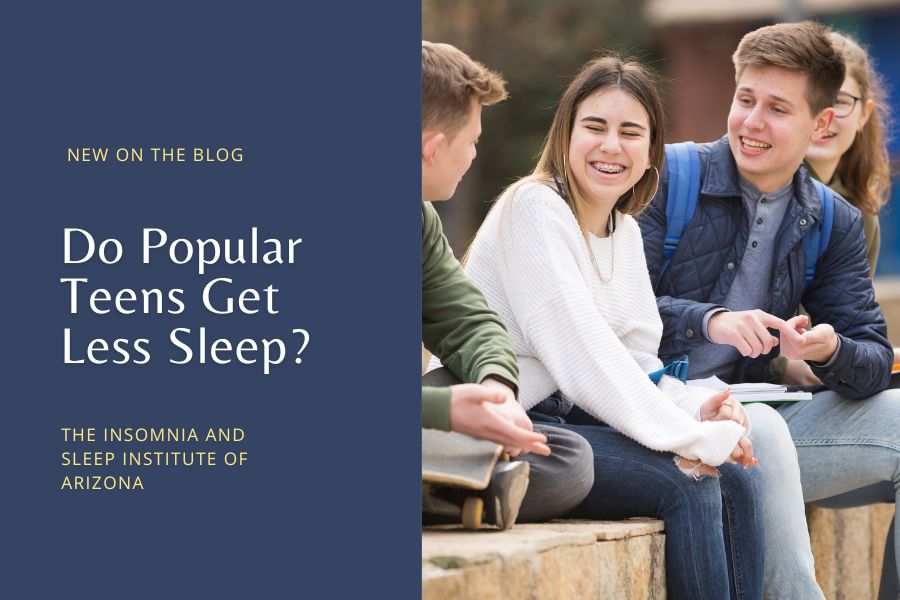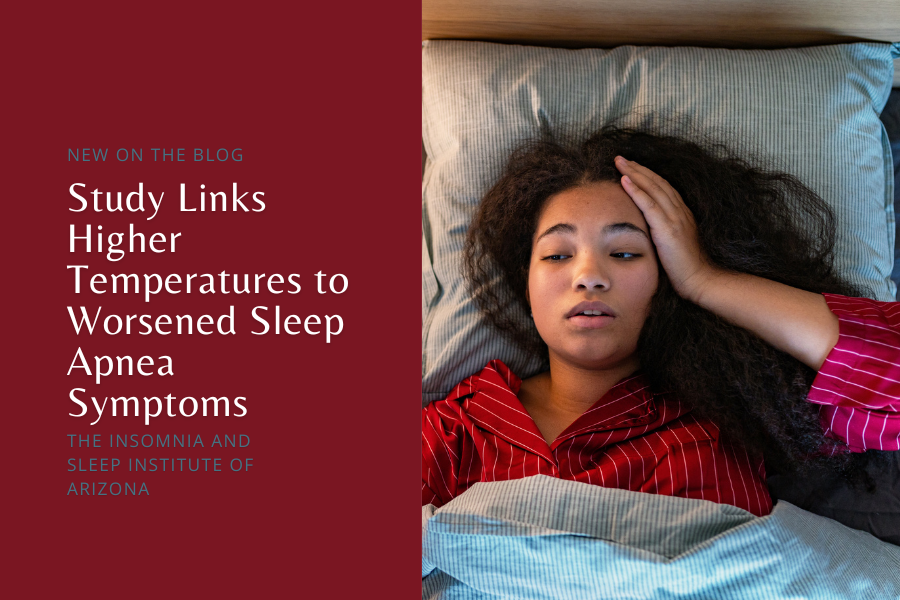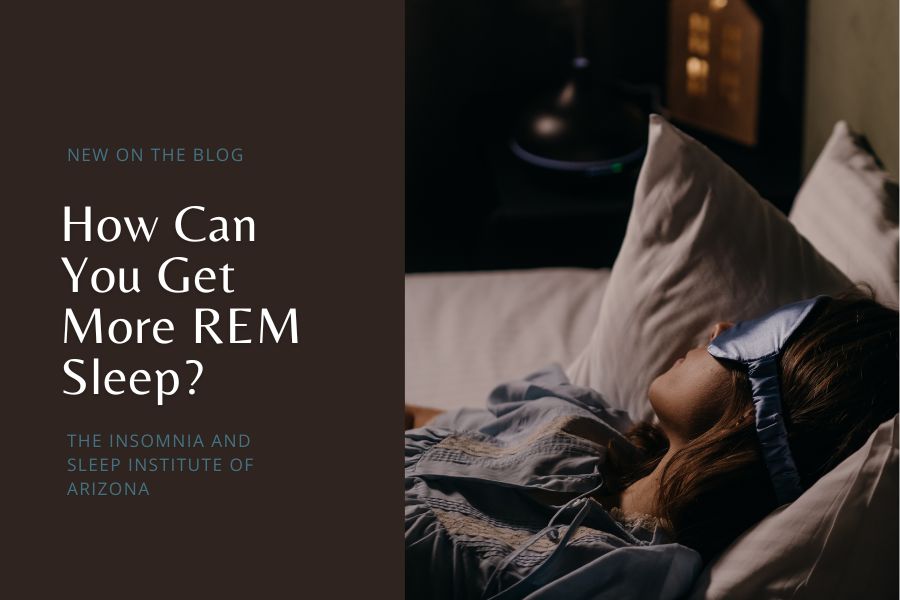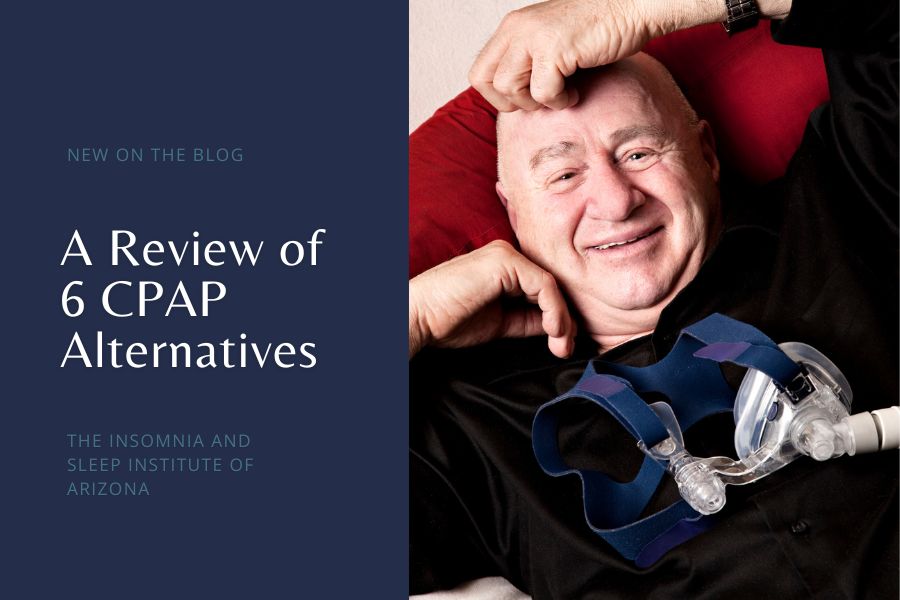A new study suggests that popularity might play a role in just how short their sleep gets. Researchers found that teenagers who consider themselves more popular tend to sleep less than their less-popular peers.
That might not seem like a lot, but for teenagers who naturally require between 8-10 hours of sleep nightly, those minutes can add up. This study adds to the growing body of research on teen sleep habits and the factors that disrupt them.
How Much Sleep Do Teens Really Need?
Sleep is important. But, teenagers have a unique sleep requirement due to their developing biology. As children grow, their sleep needs change. The Michigan State University Extension recommended hours of sleep for different age groups are as follows:
- Four to 12 months: 14 to 15 hours
- Ages 1 to 3: 12 to 14 hours
- Ages 3 to 6: 10 to 12 hours
- Ages 7 to 12: 10 to 11 hours
- Ages 12 to 18: 8 to 9 hours
- 18 years and older: 6 to 8 hours
What makes sleep more important for teens is because of these four reasons:
- Brain Development: The brain will stop developing at the age of 25. Meaning, during the teenage years, the brain is still undergoing a lot of development. And sleep is essential for this process, helping to solidify memories and strengthen neural connections. Without enough sleep, teens may struggle with learning, focus, and creativity.
- Physical Growth: Teens are also going through physical growth. Mainly, the growth hormone is usually released during sleep, which is necessary for building muscle and bone mass. So, if teens are not getting enough sleep they may not reach their full physical potential.
- Emotional Wellbeing: Like adults, teens also face a lot of emotional challenges. From social pressures to academic stress. Having enough sleep helps regulate emotions and moods. Unfortunately, insufficient sleep can make teens more irritable, anxious, or even depressed.
- Physical Health: Sleep also strengthens the immune system. This helps teens fight off illness and infection. When sleep deprived, teens are more likely to get sick and take longer to recover.
But, the experts from the American Academy of Sleep Medicine (AASM) said that between 8 to 10 hours of sleep for those aged 13 to 18 years are better rather than just 8 to 9 hours. Their recommendation aligns with the developmental needs of adolescents. They need adequate sleep to support physical growth, cognitive function, and emotional regulation, just like mentioned above.
Unfortunately, many teenagers still may fall short of the optimal sleep duration. A comprehensive sleep habits survey conducted among more than 3,000 Rhode Island high school students (grades 9 to 12) highlights this difference. The median amount of reported sleep in this group was 7.5 hours per night.
What’s more, the researcher reported a quarter of these students reported sleeping 6.5 hours or less only on school nights. Additionally, the survey also revealed that for two-thirds of the students, bedtime was after 11 p.m., and 91 percent of them woke up at 6:30 a.m. or earlier to get ready for school.
Poor sleep in adolescents is linked to different problems like impaired academic performance, mood swings, behavioral issues, and health complications such as obesity and weakened immune systems. What’s more, there are 70% of teenagers reported delaying both bedtime and wake-up time by an hour or more on weekends.
It is also concluded that the “catching up” practice on sleep is not as effective as it might look like. That is why sleeping late on weekends can lead to a later sleep onset on Sunday night, making it difficult to wake up on Monday morning, thereby maintaining the cycle of insufficient sleep.
The Link Between Popularity, Sleep, and Insomnia in Adolescents
There’s a recent study entitled “Sleepy and popular? The association between popularity, sleep duration, and insomnia in adolescents”.
The researcher examined the relationship between popularity and sleep among adolescents and provided intriguing insights into how social dynamics impact sleep patterns. The researcher discussed how being popular affects sleep duration and insomnia symptoms. Involving 1,395 ninth-grade students from 16 public schools in Sweden.
Study Participants and Procedure
The study sample comprised 1,395 (14–18 years) adolescents from 16 public schools in Sweden, part of the larger “Three Cities Study” exploring mental health risks and protective factors during adolescence. Data were collected from ninth-grade students. Also, the demographic breakdown indicated that most adolescents lived with both parents (69.6%). While the majority had a Swedish background (75%).
Specifically, the surveys were administered by trained test leaders. They allowed 90 minutes for completion. Active consent was obtained from students and passive consent from parents, with confidentiality and voluntary participation assured. The project received approval from the Regional Ethical Board in Uppsala, Sweden.
Demographics and Variables
Adolescents reported their sex, age, and socioeconomic status (SES) using the Family Affluence Scale (FAS-II). Those with immigrant backgrounds was determined based on the place of birth of the adolescents and their parents, as defined by Statistics Sweden (2002).
Sleep Duration and Insomnia Symptoms
Weekday sleep duration was self-reported, including bedtime, wake time, and sleep onset latency. These items, adapted from the School Sleep Habits Survey by Wolfson and Carskadon, have shown good validity compared to objective sleep measures.
Moreover, insomnia symptoms were measured using the 7-item Insomnia Severity Index (ISI), which assesses difficulties in falling and staying asleep, waking up too early, and overall satisfaction with sleep over the past six months. Higher scores indicate more severe problems, with the scale demonstrating high reliability (Cronbach’s alpha = 0.87).
Social Network Variables
Adolescents nominated up to three friends in school, with “outdegree” representing nominations given and “indegree” representing nominations received, referred to as “popularity” in this study. “Betweenness” measured the extent to which an adolescent bridges separate peer groups, indicating centrality within the network. Adolescents with no nominations were labeled “isolates.”
Data Analyses
Linear regressions were conducted to examine the association between popularity and sleep, controlling for demographics, depression, anxiety, and alcohol misuse. Separate models were used for insomnia and sleep duration. With analyses run separately for boys and girls. Missing data were handled using Expectation-Maximization in SPSS, version 26.
Results
It was found that popular adolescents reported shorter sleep durations. With the most popular peers sleeping up to 30 minutes less. Notably, popular girls experienced more insomnia symptoms. While no significant association was found for boys.
These results contrast with some previous studies, which suggested that social isolation (being an “isolate”) is linked to sleep problems and that centrality in the social network influences sleep patterns. However, the association between popularity and sleep issues is consistent with earlier research (Li et al., 2019).
Discussion
The gender differences observed in the popularity-sleep connection may be attributed to socialization processes, where girls’ friendship behaviors involve more care and concern, potentially affecting their sleep. This difference aligns with findings that Swedish girls generally sleep less than boys, unlike in the US where boys sleep less.
Limitations and Future Directions
The first limitation is that the study relied on self-reported sleep data. Which, while practical for large samples, it may not be as precise as direct measures like actigraphy. Furthermore, cross-sectional design limits the ability to infer causality, and the peer nomination limit might have restricted the representation of social networks.
It is also recommended that future researchers to explore the bi-directionality between social connectedness and sleep and consider additional factors like chronotype and extracurricular activities.
However, it is important to note that this study is correlational and cannot establish causation. Popularity may not directly cause sleep problems, and other factors could be influencing both variables. Indeed, further research is needed to explore the underlying mechanisms.
Promoting Healthy Sleep Habits for All Teenagers
One thing is for sure, teenagers must get adequate and quality sleep for their physical health, emotional well-being, and academic performance. With the demands of school, social activities, and technology, many teens struggle to maintain healthy sleep habits. Below are the tips to help teenagers get a good quality sleep:
Establish a Consistent Sleep Schedule
We encourage teens to go to bed and wake up at the same time every day. Even on weekends. A consistent sleep schedule helps regulate the body’s internal clock, making it easier to fall asleep and wake up naturally. In fact, adolescents with irregular sleep schedules are more likely to experience sleep disturbances and daytime sleepiness, leading to different problems such as behavioral problems.
Create a Relaxing Bedtime Routine
Having a calming bedtime routine can signal to the body that it’s time to wind down and prepare for sleep. Teens can choose from reading a book, taking a warm bath,playing relaxing music, or practicing relaxation techniques like deep breathing and meditation can enhance relaxation and improve sleep quality.
Limit Screen Time Before Bed
It is recommended to power down electronic devices at least an hour before bedtime. Melatonin is a hormone that regulates sleep-wake cycles. The blue light from smartphones, tablets, and computers can disrupt the production of melatonin.
One recent finding published showed that excessive screen time before bed is associated with delayed sleep onset, decreased total sleep duration, and increased daytime sleepiness in adolescents.
Create a Sleep-Friendly Environment
Keep the room cool, dark, and quiet. Try using blackout curtains to block out light, white noise machines to mask disruptive sounds, and comfortable bedding to promote relaxation. Cut off the distractions like TVs and computers from the bedroom. Because this can also help teenagers associate the space with sleep rather than stimulating activities.
Encourage Physical Activity During the Day
Lastly, regular exercise has been shown to improve sleep quality and duration. So it is recommended to encourage adolescents to engage in physical activities they enjoy. It doesn’t matter if it’s playing sports, going for a walk or with your pets, gardening, or practicing yoga. Indeed exercising has a lot of benefits. From regulating circadian rhythms, to reducing stress and anxiety, to promoting overall physical health. All of which contribute to better sleep.
We’re Here to Help!
We know even with the best intentions, some teens may still struggle with sleep problems. At The Insomnia and Sleep Institute of Arizona, our board-certified sleep specialists are dedicated to helping teens and adults achieve healthy sleep patterns. We have a comprehensive approach to sleep medicine, diagnosing and treating a wide range of sleep disorders, including insomnia, sleep apnea, and restless leg syndrome.
Our team of caring specialists will work with you to develop a personalized sleep plan that addresses your unique needs and helps you achieve the restorative sleep you deserve. Contact The Insomnia and Sleep Institute of Arizona today and let us help your teen unlock the power of a good night’s sleep.
References
Bauducco, S., Boersma, K., & Gradisar, M. (2024). Sleepy and popular? The association between popularity, sleep duration, and insomnia in adolescents. Frontiers in Sleep, 3. https://doi.org/10.3389/frsle.2024.1346806
Council, R., & Graham, M. G. (2024). ADOLESCENT SLEEP PATTERNS AND DAYTIME SLEEPINESS. Nih.gov; National Academies Press (US). https://www.ncbi.nlm.nih.gov/books/NBK222804/
Holcombe, M. (2024, March 26). Regular exercise is associated with less insomnia, study shows. CNN; CNN. https://edition.cnn.com/2024/03/26/health/insomnia-exercise-wellness/index.html
Hosokawa, R., Riho Tomozawa, Fujimoto, M., Anzai, S., Sato, M., Haruko Tazoe, & Katsura, T. (2022). Association between sleep habits and behavioral problems in early adolescence: a descriptive study. BMC Psychology, 10(1). https://doi.org/10.1186/s40359-022-00958-7
Owens, J. A., & Weiss, M. R. (2017). Insufficient sleep in adolescents: causes and consequences. Minerva Pediatrics, 69(4). https://doi.org/10.23736/s0026-4946.17.04914-3
Sleep development stages. (2014, April 24). MSU Extension. https://www.canr.msu.edu/news/sleep_development_stages
Sleep in Middle and High School Students. (2024). https://www.cdc.gov/healthyschools/features/students-sleep.htm
Understanding the Teen Brain – Health Encyclopedia – University of Rochester Medical Center. (2024). Rochester.edu. https://www.urmc.rochester.edu/encyclopedia/content.aspx?ContentTypeID=1&ContentID=3051
Yara Alshoaibi, Wejdan Bafil, & Rahim, M. (2023). The effect of screen use on sleep quality among adolescents in Riyadh, Saudi Arabia. Journal of Family Medicine and Primary Care, 12(7), 1379–1388. https://doi.org/10.4103/jfmpc.jfmpc_159_23








